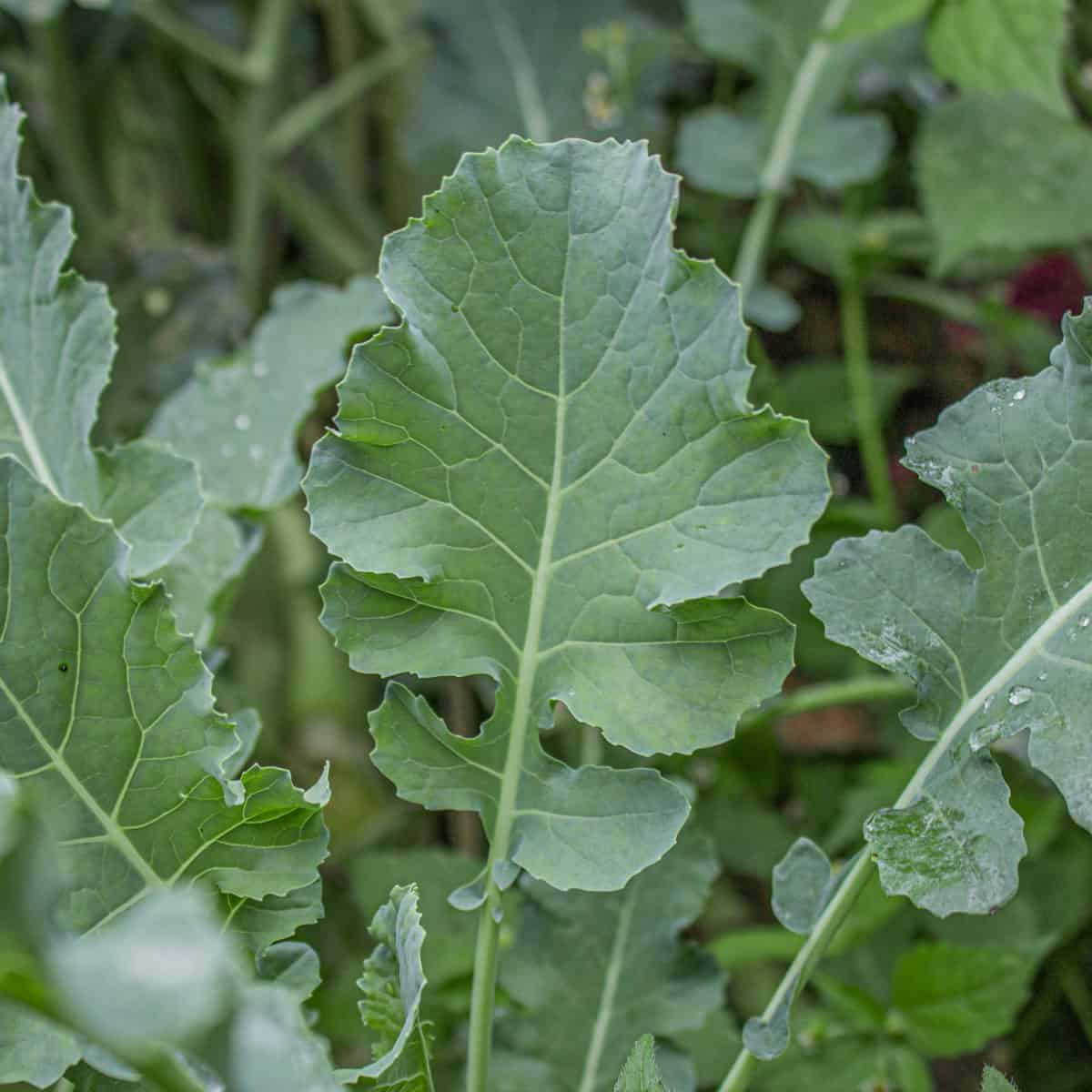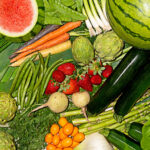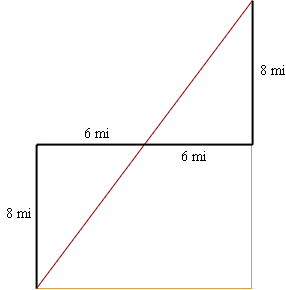When it comes to broccoli, most people focus on the tender florets, often overlooking the leaves that surround the crown. However, broccoli leaves are edible and pack a nutritious punch. Rich in vitamins and with a flavor profile reminiscent of kale, these leaves are a valuable addition to any healthy diet.
Discovering the benefits and versatility of broccoli leaves can be a game-changer in the kitchen. From harvesting tips to delicious recipes, let’s explore how these greens can elevate your meals and contribute to a low-waste lifestyle.
Are Broccoli Leaves Edible?
Contrary to common belief, the leaves of broccoli are not only edible but are also incredibly nutritious. These greens are part of the brassica family, known for their health-promoting properties. Broccoli leaves can be enjoyed raw in salads or cooked, offering a different texture and taste compared to the more familiar florets.
Broccoli leaves contain compounds like beta carotene and phytonutrients, which are essential for maintaining good health. Including these leaves in your diet is a step towards embracing a whole-foods approach, where every part of the plant is valued for its nutritional benefits.
Incorporating broccoli leaves into your diet is a simple way to increase your intake of leafy greens without the need to purchase additional produce. This practice supports low-waste gardening and is beneficial for both your health and the environment.
What Are The Benefits Of Eating Broccoli Leaves?
- High in vitamins A, C, and K, which support immune function, skin health, and bone strength.
- Contain dietary fiber, aiding in digestion and promoting a feeling of fullness.
- Rich in antioxidants that help combat oxidative stress and lower the risk of chronic diseases.
- Lower in calories, making them a great addition to weight management diets.
Eating broccoli leaves can be a nutritious way to add variety to your meals. These greens are versatile and can be prepared in numerous ways to suit different tastes and dietary preferences.
How To Harvest Broccoli Leaves Effectively?
Harvesting broccoli leaves at the right time is crucial for optimal flavor and nutrition. Wait until after the first frost if possible, as this can enhance the sweetness of the leaves.
When harvesting, select the outer leaves and allow the inner ones to continue growing. This method ensures a continuous yield and maintains the health of the plant. Use sharp scissors or a knife to cut the leaves, leaving a small stem attached to the plant.
Remember to only take what you need, preserving the rest for future use. By doing so, you are practicing sustainable gardening and ensuring the longevity of your broccoli plants.
How To Cook And Use Broccoli Leaves In Recipes?
Cooking broccoli leaves is similar to preparing other leafy greens like spinach or kale. They can be steamed, sautéed, or even used fresh in salads. For a simple preparation, sauté the leaves in olive oil with garlic and a pinch of salt for a quick and nutritious side dish.
Broccoli leaves lend themselves well to a variety of recipes. They can be incorporated into soups, stews, and stir-fries, adding a robust flavor and a boost of nutrients. If you’re looking for a low-carb alternative, use the leaves as wraps for your favorite fillings.
For those interested in exploring Italian varieties, such as spigariello, these leaves are known for their exceptional taste and are sought after specifically for cooking.
Here’s a video tutorial on preparing broccoli leaves in a delicious way:
When looking for inspiration, browse online for broccoli leaves recipe ideas to find a plethora of options that cater to diverse dietary needs and preferences.
What Parts Of Broccoli Are Not Edible?
While most parts of the broccoli plant are edible, it’s important to be cautious with certain areas. The woody stem base, for example, can be tough and fibrous, making it less enjoyable to eat. It’s advisable to trim off the very end of the stem and peel the tougher outer layer before cooking.
Furthermore, any yellowed or wilted leaves should be discarded as they may be past their prime and not as pleasant in taste or texture. Always inspect your broccoli plants for signs of pests or disease before consuming any part of them.
By focusing on the healthy greens and proper parts of the plant, you can ensure a delightful and safe culinary experience.
Where To Find Recipes For Broccoli Leaves?
Recipes for broccoli leaves can be found across various platforms, from cookbooks to food blogs. Online communities dedicated to healthy eating and low-waste gardening often share innovative ways to incorporate these greens into everyday meals.
Social media platforms like Pinterest and Instagram are also abundant in recipe ideas, showcasing how home cooks and chefs alike enjoy broccoli leaves. Don’t hesitate to experiment with different herbs and spices to find the flavors that best suit your palate.
Remember, the nutritional value of broccoli leaves compared to florets is significant, so exploring recipes that highlight these greens is a smart choice for your health.
Broccoli Leaves Are Edible: Questions Answered
Is it Safe to Eat Broccoli Leaves?
Yes, eating broccoli leaves is safe. They are not only non-toxic but also highly nutritious. Like other cruciferous vegetables, broccoli leaves are packed with beneficial nutrients that contribute to overall health.
Always ensure that the leaves are free from pesticides and properly washed before consumption. This guarantees safety and allows you to reap the full benefits of these leafy greens.
What Do You Do With The Leaves of Broccoli?
Broccoli leaves can be used in a variety of culinary applications. They make excellent additions to smoothies, salads, and sandwiches, providing a crunchy texture and a dose of vitamins.
Moreover, they can be cooked in multiple ways, such as steaming or sautéing, and included in recipes like quiches, casseroles, and side dishes. Let your creativity shine by incorporating broccoli leaves into your cooking repertoire.
What Are The Benefits of Eating Broccoli Leaves?
The benefits of eating broccoli leaves are extensive. They are rich in essential nutrients like vitamins A, C, and K, which support various bodily functions. The fiber content in these leaves aids digestion, while the antioxidants offer protection against cellular damage.
Integrating broccoli leaves into your diet can also contribute to sustainable living practices by reducing food waste and making the most of your vegetable purchases.
By understanding the incredible value of broccoli leaves, you can enhance your diet and contribute to a healthier lifestyle. Whether you’re a seasoned chef or a home cook, these greens provide endless possibilities to create nourishing and flavorful dishes. So next time you’re prepping broccoli, remember that the leaves are just as deserving of a place on your plate as the cherished florets.







